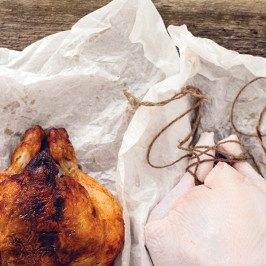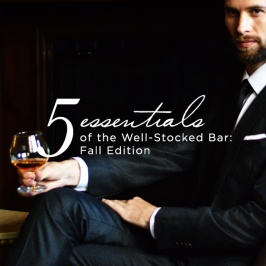A Champagne Guide For Gents

Editor’s Note: You might be asking, “Why do I need a Champagne Guide? Isn’t that just for special occasions?” That’s what we thought. When we asked sommelier Peter Weltman, which wine guys underestimate, he told us most guys are sleeping on Champagne as an everyday drinking wine. We’re certainly guilty of that. So we asked him to expand. What follows is a Champagne guide that got us to popping the cork a little more regularly.
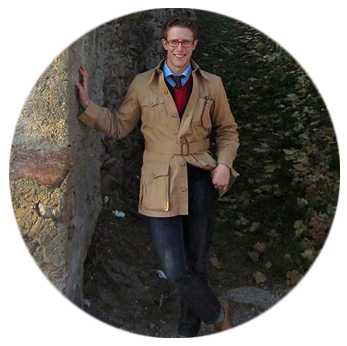
Peter Weltman has poured world-class wines at world-class restaurants including: The Modern at the Museum of Modern Art, Eleven Madison Park and NoMad Restaurants in New York City. He is a graduate of the prestigious Culinary Institute of America and is a Certified Sommelier through The Court of Master Sommeliers. In short, he really knows his stuff.It’s time to rethink Champagne, from what type you drink to when you drink it. Champagne is not a cast-off bubbly drink used as a connecting flight from hors d’oeuvres to dinner. Don’t be stymied by thinking that it’s a girly drink. Champagne deserves its place among the wine elite. It’s time to liberate this sparkling wine from hindering stereotypes. If you’re feeling clueless about how to get started, just follow this simple Champagne guide.
Champagne Guide
To start, let me answer the question few want to ask but not all know the answer to: What is Champagne? Champagne is wine that comes from an area 90 miles northeast of Paris. No wine should be called, labeled or otherwise referred to as Champagne unless it comes from here. It is made from three grapes: chardonnay, pinot noir and, to a lesser extent, pinot meunier. Often times, they are blended together. Though, some bottles may be blanc de blancs (white of whites), which is made from 100% chardonnay. Others are labeled as blanc de noirs (white of blacks), and these are white Champagnes made from the regions two black (or red) pinot grapes.
Chardonnay Grapes
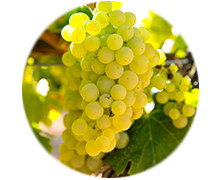
Pinot Noir Grapes
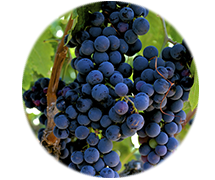
When to Drink Champagne
As a sommelier, when I mention that Champagne needn’t be relegated to a toast, my guest’s eyes light up with the same surprise and desire as a child who has been offered chocolate for dinner. Champagne is racy enough to start a meal and pique the palate, yet complex and dexterous enough to pair with the widest range of cuisine. Don’t like sweet wine? Why not enliven your palate with this beautiful bubbly after a long meal?
How Sweet It Isn’t
Champagne is not a sweet beverage. Most bottles you see are labeled as Brut, which does mean that there is some sugar added to the bottle. But, it should only act as a seasoning to add complexity to the drink. However, many smaller producers are bottling their Champagne as Extra Brut, and thus not adding any amount of sugar. These Champagnes are very expressive and complex. In fact, they even start to remind of great Burgundy.
Discovering Champagne
As the big brand names vie for the spotlight, there is a whole world of smaller producers waiting to be discovered. This quieter side of Champagne is every bit as luxurious as the more boastful brands, but heck, I still love the classics, too. And though by nature Champagnes start at a higher price, there is plenty of value and discovery left in the land of bubbles.
Here are some bottles to get you started…
Vouette et Sorbee, Fidéle,
Blanc de Noirs, Extra Brut $65 SRP

This pinot noir Champagne is muscular and complex. Boasting the driest designation, it tastes of mineral and is very savory. Drink this through the course of a meal, perhaps eschewing flutes for traditional all purpose white glasses.
Ruinart, Dom Ruinart,
Blanc de Blancs, 2002 $130 SRP
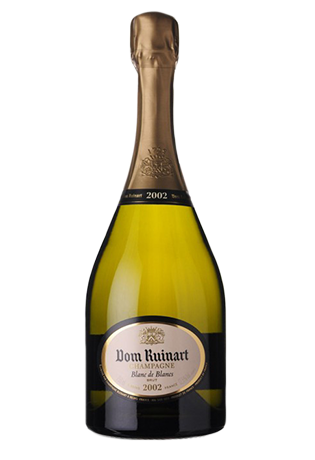
The tête de cuvee of Champagne’s oldest house is a luxurious cuvée consisting of only chardonnay. It is aged in their deep chalk cellars for 8 years. Thus, it achieves a richness that creates a lemon curd flavor and beautiful texture. It pairs well with fuller entrees, from chicken to veal.
J. Lassalle, Brut Rosé,
1er Cru $45 SRP
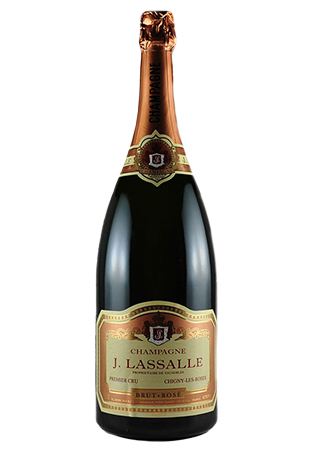
This small producer makes Champagne from all three grape varietals and most uniquely, from entirely estate-owned fruit. Richness is achieved from full malo-lactic fermentation. However, the precision of red fruit flavor makes this Champagne.
How to Open a Bottle of Champagne
…With a Deadly Weapon
There is no other wine that you can open with a saber. Check out how it happens in this super-slow motion video.
Disclaimer: Use extreme caution. Opening a bottle of Champagne with a saber, dagger or any type of knife is potentially dangerous.Cover your bottle holding hand with a towel. Wear long sleeves. Wear safety goggles. Only use a bottle with a seam. Do this outdoors pointing the bottle away from people, animals, cars and houses.
- After sufficiently chilling a bottle of Champagne submerged in ice for 30 minutes or longer, dry it off with a towel. (A warm bottle will have too much pressure inside and may explode. Seriously, take precaution)
- Entirely remove the top foil. With your thumb firmly pressed on the cork, loosen the cage and refasten it above the bottle’s lip.
- Next, find the bottle’s seam, which runs the entire length of the glass.
- Make sure this is facing up and the cork is held out away from your body.
- Naturally, make sure you have open space ahead. With the saber, find the seam and hold it 45 degrees to the bottle. With one fluid motion, scrape the blade up to lip of the bottle, and voila!
Master that move and you will officially earn the title “Badass” and you won’t even need enormous sunglasses like the guy in the video to prove it.
Did we convince you to give Champagne a seat at your dinner table?
Let us know what you pair it with in the comments below.
Your Next Move:
Like What You See? There's More.
We'll send you style advice and intel for the modern man.
2 thoughts on “A Champagne Guide For Gents”
-
Pingback: How to Carve a Turkey | Black Lapel
-
Pingback: The Black Lapel Holiday Party Guide - The Compass


